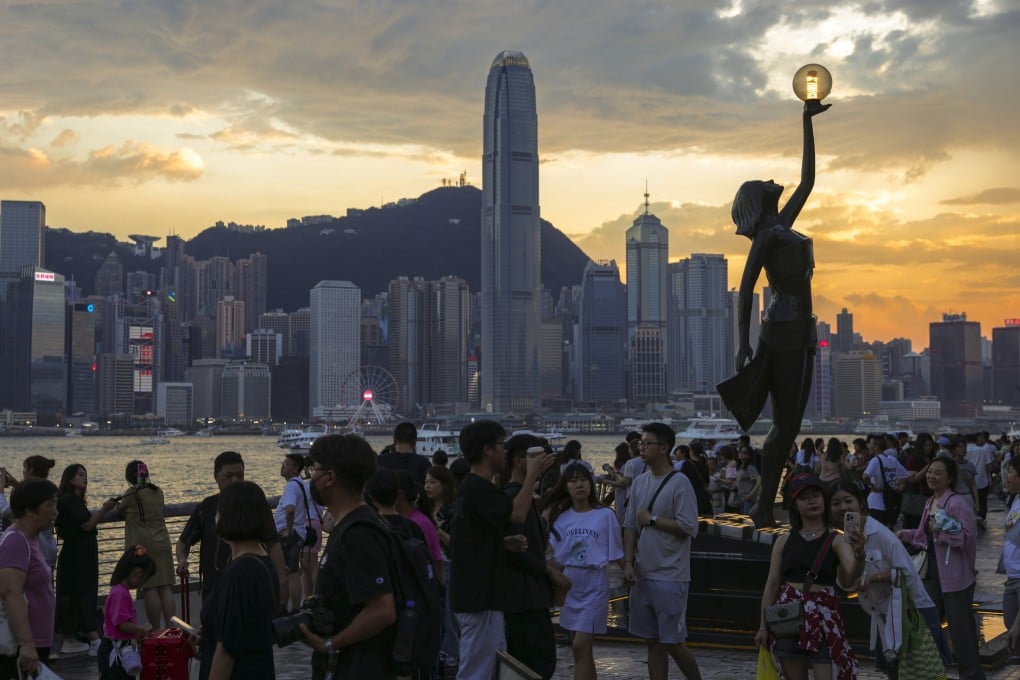Advertisement
Opinion | Hong Kong doesn’t need more trophy skyscrapers
- The skyscrapers along Victoria Harbour have long epitomised the city’s financial power
- However, with employees less keen to head to the office and interest in sustainable, green and walkable neighbourhoods growing, the emphasis on tall buildings in central business districts is misplaced
Reading Time:4 minutes
Why you can trust SCMP
2

I still recall when Jardine House – formerly known as Connaught Centre – opened as the tallest building in Hong Kong in the 1970s with 52 storeys. In some ways, the iconic gable roof and round windows inspired the boy in me to study architecture.
Advertisement
Several years later, the 66-storey Hopewell Centre, with its signature revolving restaurant sitting atop the unique round tower, unseated Connaught Centre as the tallest building in Hong Kong.
The rest is history. Records have been broken one after another by the Bank of China tower, which opened in 1990, Central Plaza (completed in 1992), Two IFC (2003) and ICC (2010).
The skyscrapers along Victoria Harbour that define Hong Kong’s skyline epitomise the city’s financial strength and power. The economy was booming, and grade A office space was in high demand and snatched up as soon as it was released.
Things have changed in recent years. The digital revolution, the decentralisation of knowledge, services and value exchange, the global pandemic, and the call for a healthy work-life balance have all called into question the traditional mode of work and office life.
Advertisement
How the commercial world handles the “work from home” movement is still up in the air, as companies large and small are trying their best to delicately balance employers’ expectations and employees’ rights. We recently interviewed a young designer who requested to work from home “one to two days a week” even before proving her value or knowing whether we would make her an offer.

Advertisement
